Holiday season is upon us and we are all watching calories, here are 11 healthiest spices for flavorful and healthy meals:
1. CINNAMON
Cinnamon is a nutritional powerhouse. It contains iron, calcium and manganese and is loaded with antioxidants and health benefits.
2. CARDAMOM
Cardamom has a long history as a stomach soother. According to Ayurvedic medicine, it counters acidity and makes fatty foods more digestible.
3. Fennel
Sweet fennel bulbs are a good source of vitamin C, regular consumption as a good way to support a healthy immune system.
4. CAYENNE PEPPER
Cayenne pepper is known for its pain-relieving properties, but studies also suggest it may aid weight loss.
5. TURMERIC
This bright orange-yellow spice contains the antioxidant curcumin. Curcumin can suppress the gene implicated in the development and progression of breast cancer by improving the efficacy of chemotherapy medications and reducing drug resistance.
6. CLOVES
The clove is a powerful spice loaded with antioxidants, it is the highest in antioxidants compared to other common herbs and spices.
7. GINGER
Call it the wonder spice. Ginger has many compounds, including gingerol. Ginger has been used for the treatment of colds, gastrointestinal problems and motion sickness. Studies have also shown that ginger may protect our tissues and organs from oxidative damage and prevent cancer growth.
8. NUTMEG
Nutmeg may help you make fewer trips to the dentist. Nutmeg may relieve digestive problems such as indigestion and gas.
9. SAFFRON
This spice may be a natural antidepressant, it offers mood-boosting effects and relief from PMS symptoms.
10. GARLIC
A growing body of scientific research confirms garlic’s reputation for benefiting the cardiovascular system, lowering cholesterol, reducing blood clots and preventing platelet aggregation.
11. CUMIN
Cumin is a good source of iron and shows potential to lower blood glucose. Cumin has antibacterial properties, and has been found effective in killing bacteria linked with stomach ulcers.
To read the full article please click the link below.











